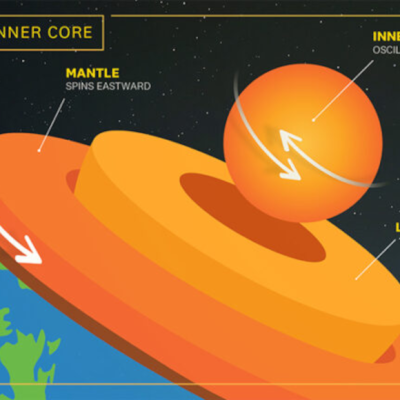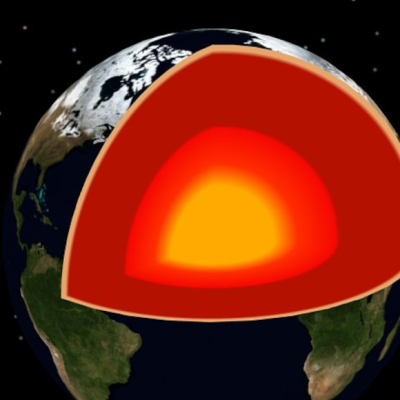The inner core of the Earth is softer than it should be, according to seismic measurements. This could be due to an exotic state of matter where the core is both solid and liquid at the same time. Researchers have been unable to determine the materials that make up the inner core and its structures. However, a team of scientists from the Chinese Academy of Sciences may have found an explanation for the anomalies of the inner core. They conducted a molecular dynamics simulation to investigate how iron behaves under the conditions of the Earth’s core when lighter elements such as hydrogen, carbon, or oxygen are added to the metal. The simulation showed that the iron alloys could transition to a superionic state, where the lighter elements behave like a liquid while the iron forms a stable lattice.
The simulation suggests that the inner core of the Earth could be both solid and liquid at the same time, which could explain many of the known anomalies. The researchers explain that this could cause variations in wave speeds and seismic measurements. However, the simulation alone cannot prove that the Earth’s core is superionic, and further studies are necessary to confirm this theory.
The study’s findings could have significant implications for our understanding of the Earth’s interior and its dynamics. The research team’s work highlights the importance of continued exploration and investigation into the Earth’s core to better understand its properties and behavior.










